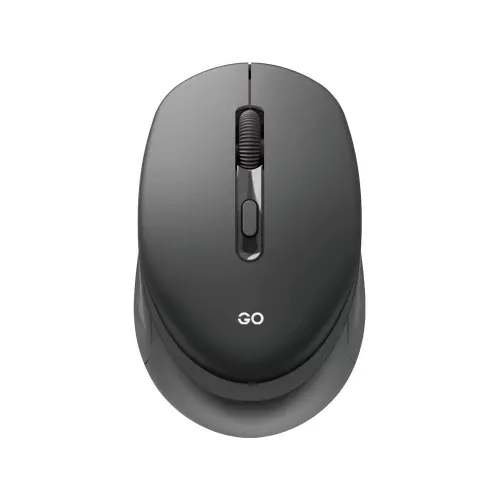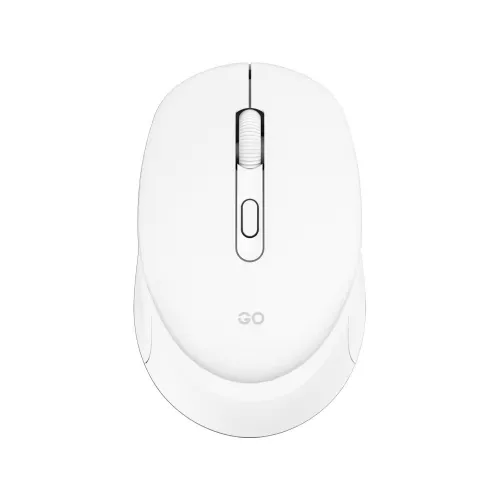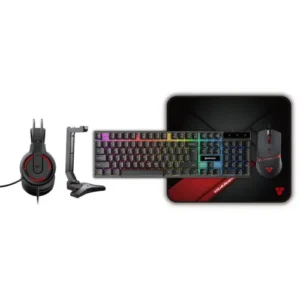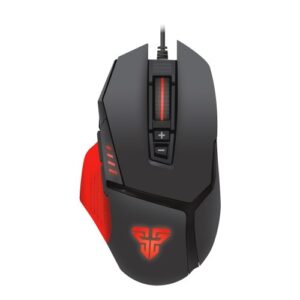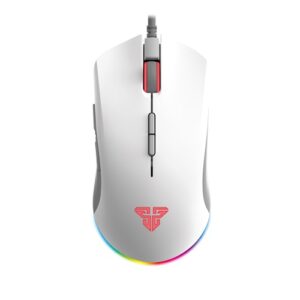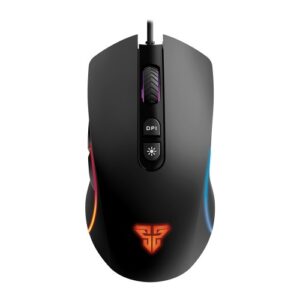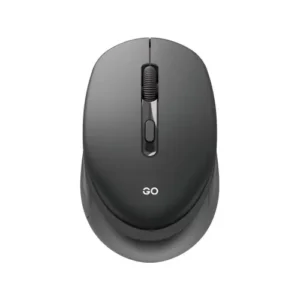Key Features of Wireless Optical Mice
Wireless optical mice have gained popularity due to their convenience and performance. One of the primary features is the various connectivity options available, allowing users to connect via USB receivers, which are typically plug-and-play devices. This simplicity not only ensures quick setup but also provides a reliable connection, reducing the chance of lag during use. Most wireless optical mice connect through a 2.4 GHz frequency, enabling stable communication over short distances while minimizing interference from other wireless devices.
Another significant aspect is the performance of optical sensors, which are essential for accurate tracking on different surfaces. Unlike traditional mice that use ball-based mechanisms, optical mice utilize LED light and sensors to detect movement. This technology results in smoother and more responsive cursor movements, critical for tasks ranging from everyday computing to high-intensity gaming sessions.
Adjustable optical resolution settings further enhance user experience, with common options including 1000, 1200, and 1600 DPI (dots per inch). DPI settings allow users to customize the sensitivity of their mouse, affecting the speed and precision of cursor movements. Higher DPI settings are beneficial for fast-paced gaming, where rapid reflexes are crucial, while lower DPI levels may be preferred for detailed tasks such as photo editing.
The wireless distance capability of most optical mice can extend up to 10 meters. This feature is particularly advantageous in scenarios where users prefer a larger workspace or when presenting from a distance. Furthermore, the number of buttons available on wireless optical mice varies, offering multiple configurations to cater to diverse user needs, especially in gaming. Additional buttons can provide shortcuts for gaming commands or productivity applications, allowing for a more efficient workflow.
Physical and Battery Specifications of Wireless Optical Mice
Wireless optical mice have revolutionized user interactions with computers, and understanding their physical specifications is essential for making an informed choice. The aesthetic appeal of these devices plays a significant role in consumer preference, with color options such as black, white, and purple available in many models. These choices not only reflect personal style but also enhance the visual integration of the mouse with various computer setups. Beyond color, the ergonomic design of wireless optical mice deserves attention; many manufacturers invest in creating shapes that conform to the natural contours of the hand. This ergonomic consideration helps reduce strain during prolonged use, catering to both casual users and professionals who rely on these devices for extensive periods.
Another critical aspect of wireless optical mice is their battery specifications. Most models utilize an AA battery, providing impressive longevity with expectations of up to three months of usage on a single battery. This extended battery life minimizes the hassle of frequent replacements, allowing users to engage with their devices without interruption. Some models also incorporate energy-saving features, such as automatic sleep modes, which help prolong battery life further. It is essential to choose a model that meets individual usage patterns to ensure optimal performance.
Moreover, when considering the purchase of a wireless optical mouse, the warranty details are an important factor that should not be overlooked. Typically, manufacturers offer a standard one-year warranty, offering reassurance should any issues arise within that period. This warranty can be a significant safety net, as it reflects the manufacturer’s confidence in their product and provides users with support if any defect occurs. Evaluating these physical and battery specifications, along with warranty details, aids in selecting a wireless optical mouse that fits one’s technical and personal needs.
